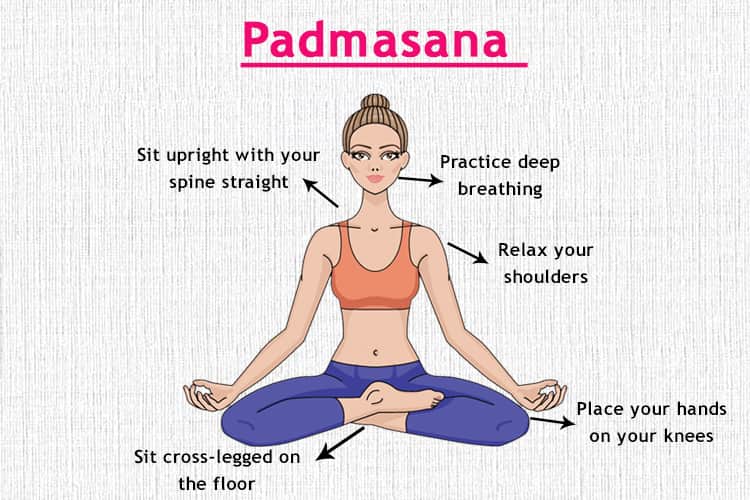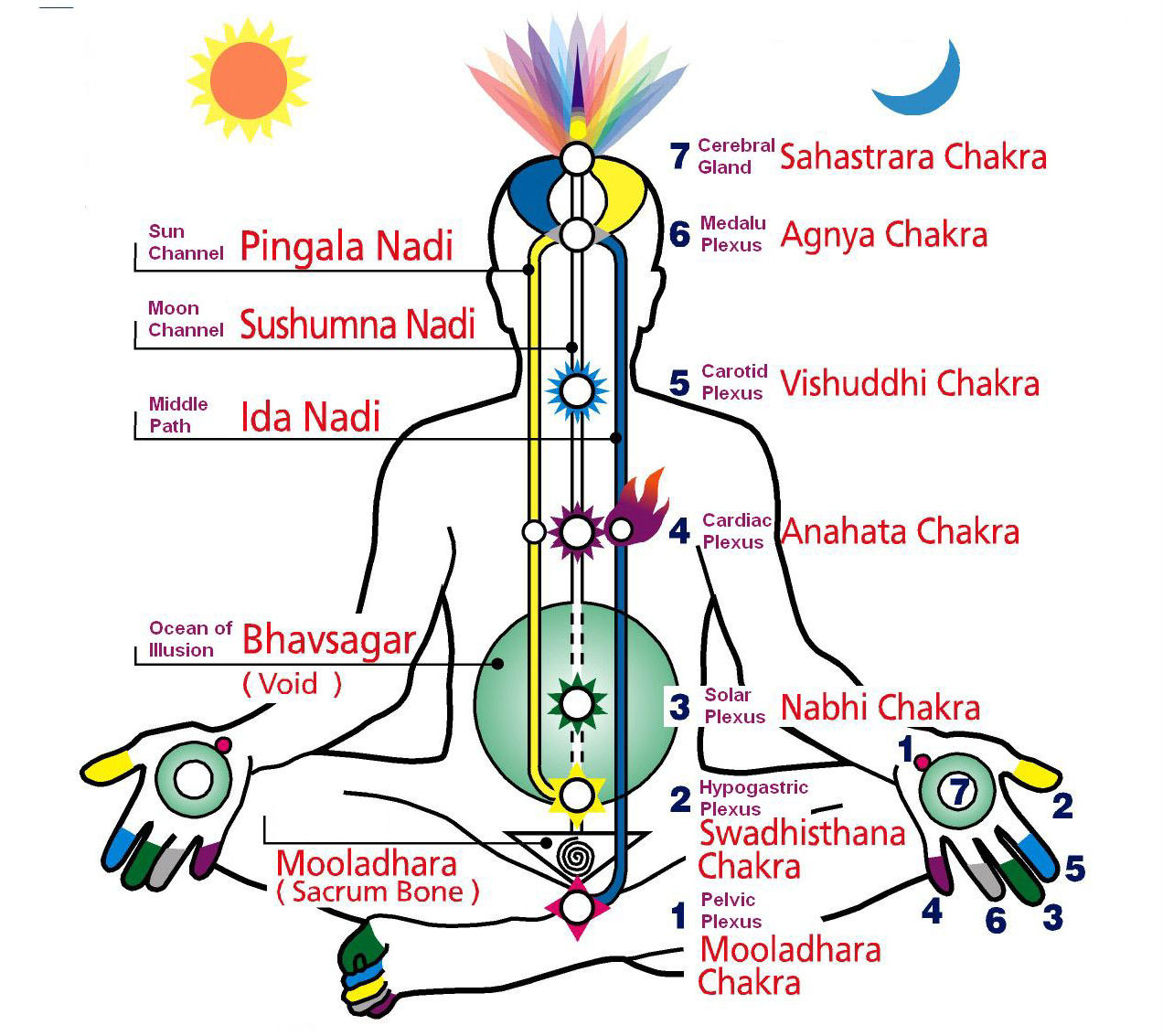Tag Archives: YOGA AND ITS POWERS
17.YOGA AND ITS POWERS
17.YOGA AND ITS POWERS
**********************
Much of our psychic science comes from the Far East, where mystic powers have been recognized since time immemorial. The Wise Men of the East were versed in astrology, and much of their lore was brought westward through the centuries. Meanwhile, in India, generations of scholars and adepts have continued to contemplate life in a timeless fashion, classing all manifestations of the mysterious as within the realm of their natural philosophies.
This is particularly true with yoga, which has been defined as a “union” between man and the higher planes. This means detachment from one’s own personality, on the theory that our lives are clouded by a form of illusion termed “maya.” Once those higher planes are attained, the incredible becomes reality, as the individual controls forces that to the uninitiated are unseen and even unknown.
Such is the reputed power of yoga. Skeptics may argue that it merely consists of supplanting illusion with delusion, that the lower planes may have their fallacies, but that the so-called higher planes may themselves be purely imaginary. Still, yoga has maintained its pace, and there is no doubt that persons adept in its practice have achieved physical and mental results beyond generally accepted limitations.
There are various types of yoga, each regarded as a path toward spiritual attainment, such as karma yoga, which invoices good works, bhakti yoga, which stresses worship, and jnana yoga, which seeks wisdom. All have points in common
but the two that are of chief interest to students of occult are hatha yoga, which deal with physical development through breathing exercises and bodily postures, and raja yoga, the “kingly path,” which deals directly with mental control and the development of latent psychic forces.
These two, hatha and raja, are interlocked because the practice of hatha yoga so subjugates the physical body that the mind can function more freely in the field of raja yoga. There is some conflict here, however: Many ascetics have so trained themselves in hatha yoga that they believe it functions in the higher realms; whereas the proponents of raja yoga regard hatha yoga as a mere stepping stone to real attainment.
According to Patanjali, who codified the philosophy and practice of yoga about the year 200 B.C., there are eight steps to such attainment, the first four being:
1. CONTROL OF SELF, or yama, which requires fair dealing toward others in everyday life. 2. PURITY OF THOUGHT, or niyama, as an accompaniment to outward action.
3. CONTROL OF THE BODY, asana, through the adoption and practice of certain bodily postures.
4. ABSORPTION OF VITAL FORCES, or pranayama through rhythmic breathing and breath retention.
Those four constitute a “fourfold path” that can be summed under the head of hatha yoga. This is the form of yoga that gained wide popularity in America as a means toward attaining physical health and strength, along with a serenity of mind. The great stress is placed upon the “asanas or bodily postures.”
These include headstands, body twists, back bends, and a variety of poses that supposedly resemble such living creatures as the cobra, eagle, locust, lion, peacock, turtle, and even a Bee.
But the basic form is padmasana, or the lotus posture, in which a person is seated cross-legged with hands extended beyond the knees, each thumb and forefinger forming a circle.
There are variations of the lotus posture, one favorite being shirshapadmasana, or the upside-down lotus, which combines the basic posture with a headstand. Some students of hatha yoga assume such positions for hours. But for practical purposes, the regular lotus posture is all that is required to reach the fourth stage of pranayama or rythmic breathing.
Here, the psychic factor comes into play. In rhythmic breathing, Which includes a form known as the “grand psychic breath,” the idea is not merely to develop lung power and chest expansion. According to yoga, the air is charged with a subtle but vital force known as “prana,” which can be stored in the brain and nerve centers and transmitted to all parts of the body, much like an electric current.
The supposed power of this vital force can be put to the following test: One person lies flat on his back preferably on a couch, keeping his body rigid. Four other persons take positions, two at each side, and extend their forefingers beneath the first man’s body at intervals from neck to ankles.
Padmasana or the “lotus posture” of yogic contemplation. The circles represent mystical wheels called “chakras” whereby the vital force is drawn from the base of the spine to the top of the head, achieving a higher consciousness which each of the seven levels.







